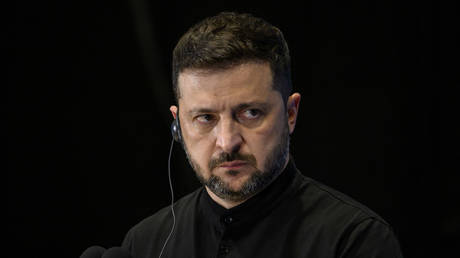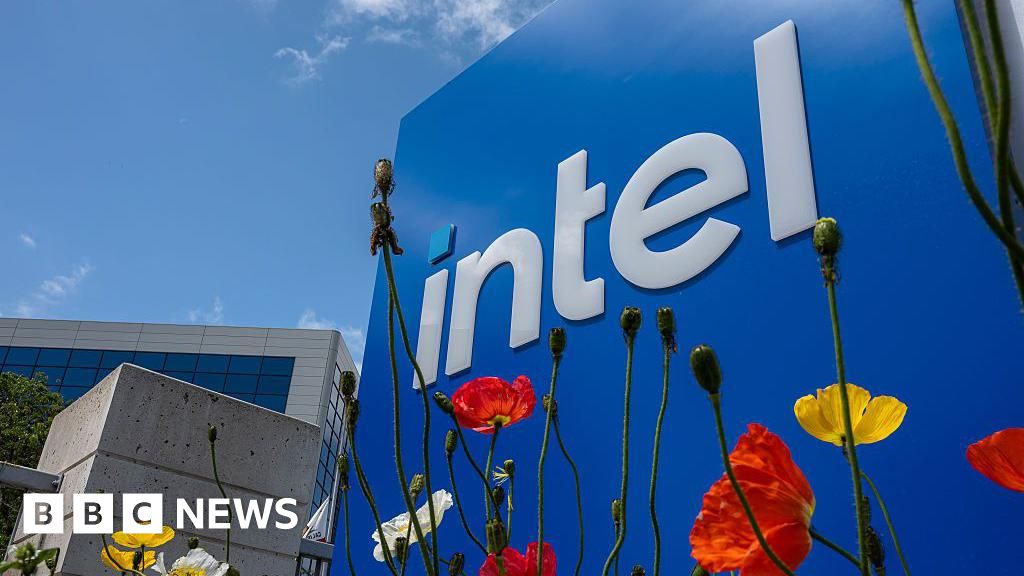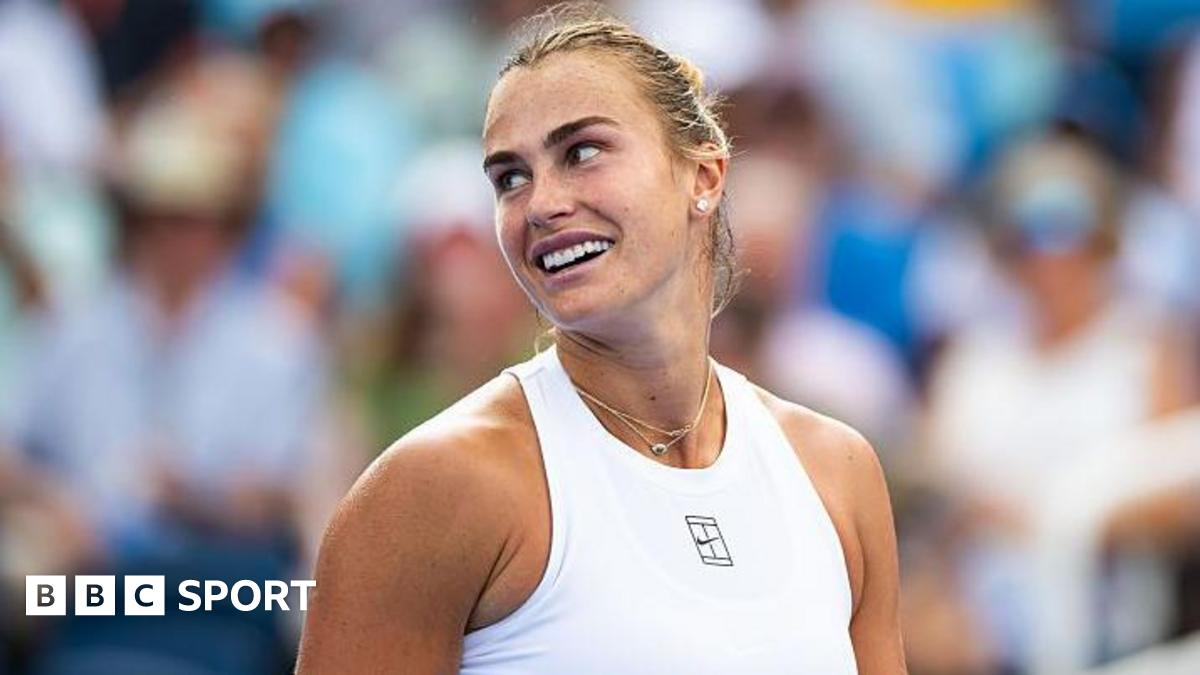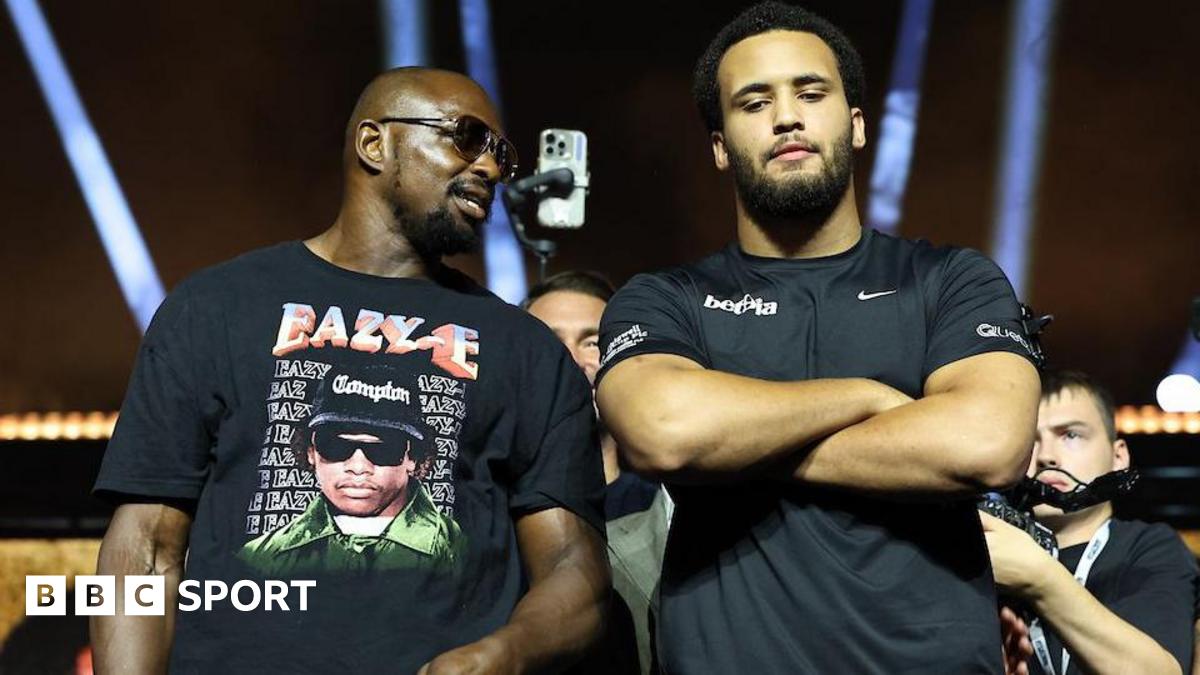This $200 million sports streamer is ready to take on ESPN and Fox
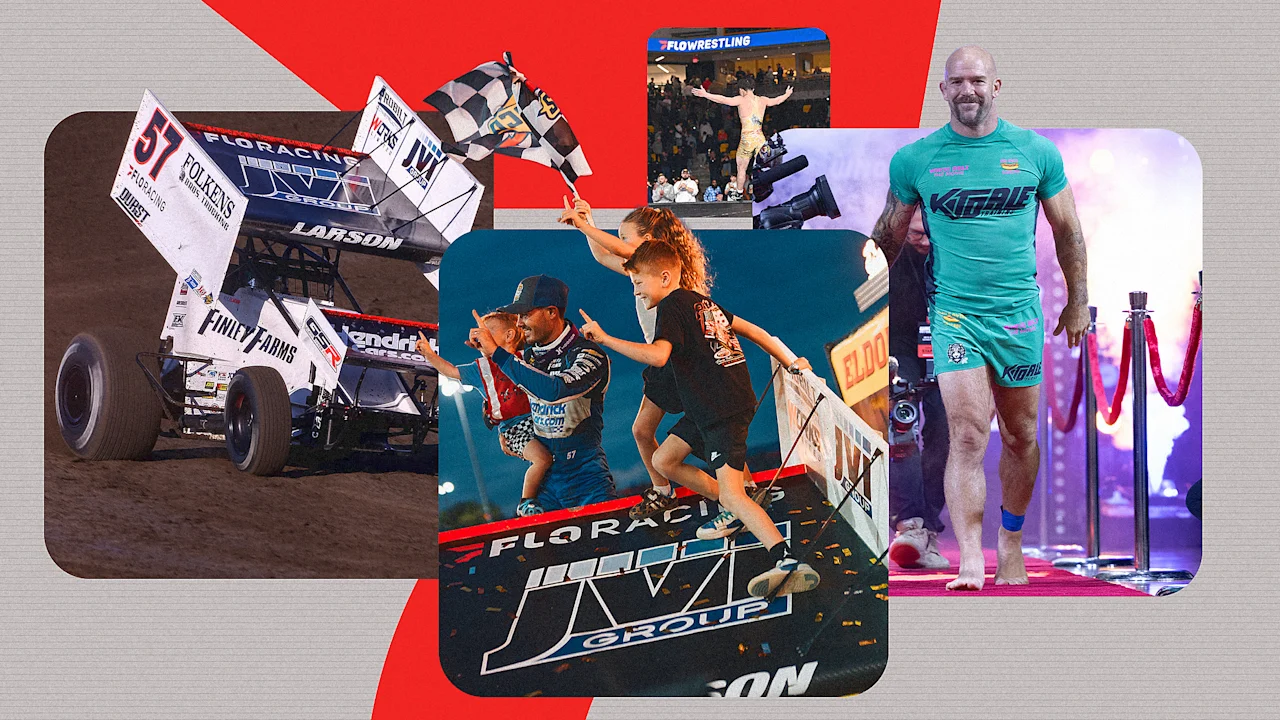
Recent Nielsen data confirmed what many of us had already begun to sense: Streaming services surpassed broadcast and cable in TV viewership. It’s a streaming world. Broadcast television just lives in it.
Nowhere is that more apparent than in sports. Next week, ESPN will launch its first direct-to-consumer app that for $30 a month will offer access to all of the legendary sports network’s content and coverage. But another company has already been offering over-the-top sports streaming services to fans since 2006. Austin-based FloSports streams 40,000 live events annually across more than 25 sports, from wrestling to motorsports to cheerleading.
In this piece, premium subscribers will learn:
- How FloSports maximizes the value in the “long tail” of sports fandom
- The “final 15%” rule that fosters the streamer’s authentic coverage
- Why Dale Earnhardt Jr’s partnership with FloSports is a model for coinvesting to grow a franchise
“We try to stay out of areas that are super oversaturated, because it’s expensive and we’re not needed,” FloSports cofounder and CEO Mark Floreani says. “So we’re not competing for the NFL, NBA, and NHL. We focus on Tier 2 and Tier 3 sports. That’s where we can make a real difference.”
And real money. After breaking even in 2023, FloSports reached profitability in 2024, doubling revenue over the past two years and tracking to surpass $200 million in 2026. The company has raised $167 million since 2014, including $50 million in a March 2025 round led by the Indian technology company Dream Sports.
The Long Tail Theory
FloSports launched in 2006 as one of the world’s first direct-to-consumer sports streaming services (ESPN+, which offers access to select programming, didn’t launch until 2018). Its rise wasn’t about a grand vision. It was about filling a need.

Floreani ran track at Texas. His brother, Martin, wrestled and was plugged into the die-hard wrestling community. That community was frustrated with the lack of coverage and attention paid to the sport they loved. He explored other circles around niche sports and found the same dynamic: frustration due to fragmented coverage, poor production quality, and no dedicated platform for passionate fans.
“From the beginning, we wanted to build something that we wanted as fans,” Mark says.
The breakthrough insight came from embracing the long tail theory—that individually small sports markets could collectively represent massive business potential.
“The head of the tail is as big as the tail,” he says. “If you can actually create a process you can integrate horizontally across sports and build an authentic experience for the customers, the long tail could be a massive business.”
Bootstrapping
When Floreani and cofounder Ryan Ponsonby launched the business in 2006, their role model seems to have been less Bill Rasmussen (founder of ESPN) than Matt Foley (the motivational speaker Chris Farley played on SNL). They were living out of a Ford Econoline van, traveling the country to film athletes and coaches in track and wrestling.
They posted everything online, and the behind-the-scenes content resonated with passionate fans starved for authentic coverage. The track and wrestling communities also embraced them, offering them meals and places to stay as they traveled. One neighbor even gave them $10,000 when they were about to miss payroll.
The traction was there almost instantly. FloSports could drive 100,000 people to their site during major races, a significant achievement for a startup covering niche sports. Advertiser deals came in 2007 with Adidas and Reebok contracts worth hundreds of thousands of dollars annually, which had FloSports following athletes around the globe and creating sponsored content. The model worked, but had a fundamental flaw: it wasn’t sustainable and was beginning to feel increasingly inauthentic.
This led to the decision in 2012 to abandon advertising-driven coverage for direct customer subscriptions, which became FloSports’s defining strategic moment.
The Hidden Cost of Advertising
“We were going off ad revenue, and we started going to places that only our advertisers wanted us to go, which is just not authentic,” Floreani says. “We realized that if this thing’s gonna work, and we believe in this community and this passion, we just have to ask our customers to pay for us, and then we’re going to try to produce the best content and cover the events that are most meaningful.”
The pivot proved to be immediately successful. FloSports launched its first subscription event in November 2012—a wrestling tournament that attracted 2,000 paying customers and generated roughly half a million dollars in revenue.
“That’s when we knew we could do this,” Floreani says.
Today, the company operates on a subscription-first model with over one million active subscribers paying $150 annually for full access to more than 25 FloSports channels. Subscribers who are only interested in following a particular sport—say, Division 1 wrestling or Division 3 lacrosse—during the height of those seasons can pay a slightly higher monthly rate ($29.99) and pause their subscriptions whenever they like. Students and members of participating institutions or conferences qualify for discounts. One channel (FloRacing) costs $39.99 for complete access to more than 1,200 events.
While subscriptions drive the bulk of revenue, FloSports has diversified into advertising, software management systems, merchandise, and live events. The majority of its costs go toward sports rights acquisitions and its product and engineering teams. The subscription model, along with these other investments, directly serve their core mission of professionalizing underserved sports and create a virtuous cycle: passionate fans pay for authentic coverage, which funds better production, which attracts more passionate fans.
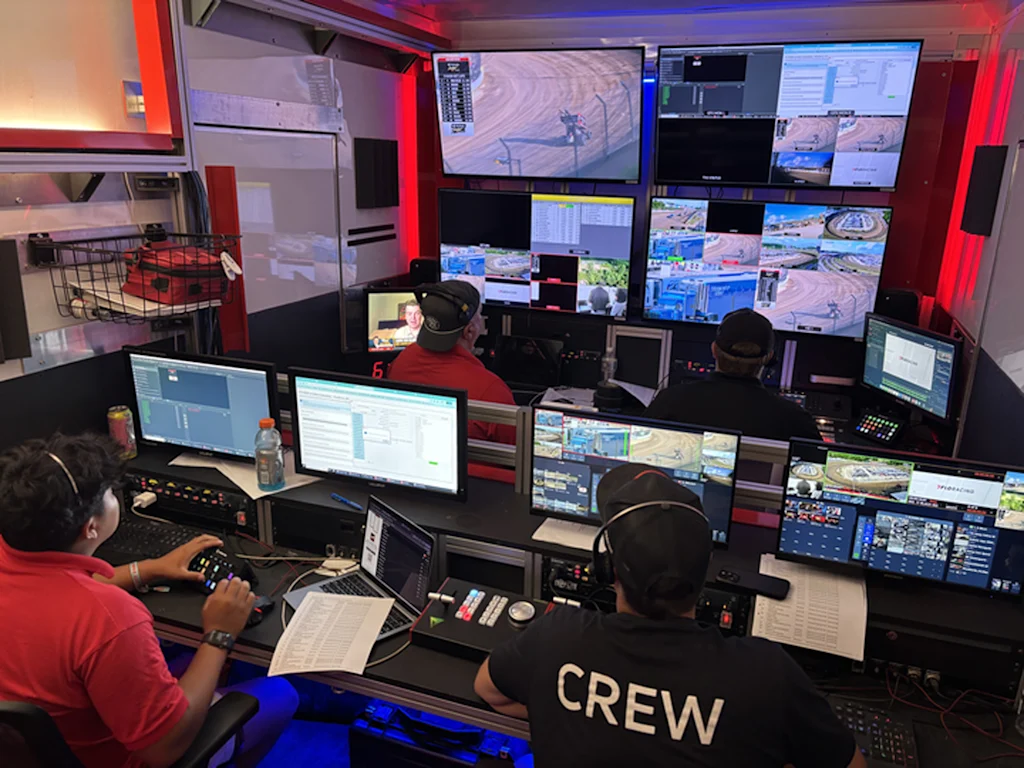
Authenticity
As the company grew and added more sports, increasing scalability while preserving authentic community connections became the primary focus. To that end, Floreani developed what he calls “the final 15%” approach—a business model that standardizes 80–85% of operations while customizing the remaining 15–20% for sport-specific authenticity. “If we’re not authentic, we’re not gonna win,” he says.
This means hiring leaders, which they call general managers, in each sport who understand the nuances that matter to each community—what camera angles work best, what graphics and data fans actually want to see, and crucially, what they hate about traditional coverage.
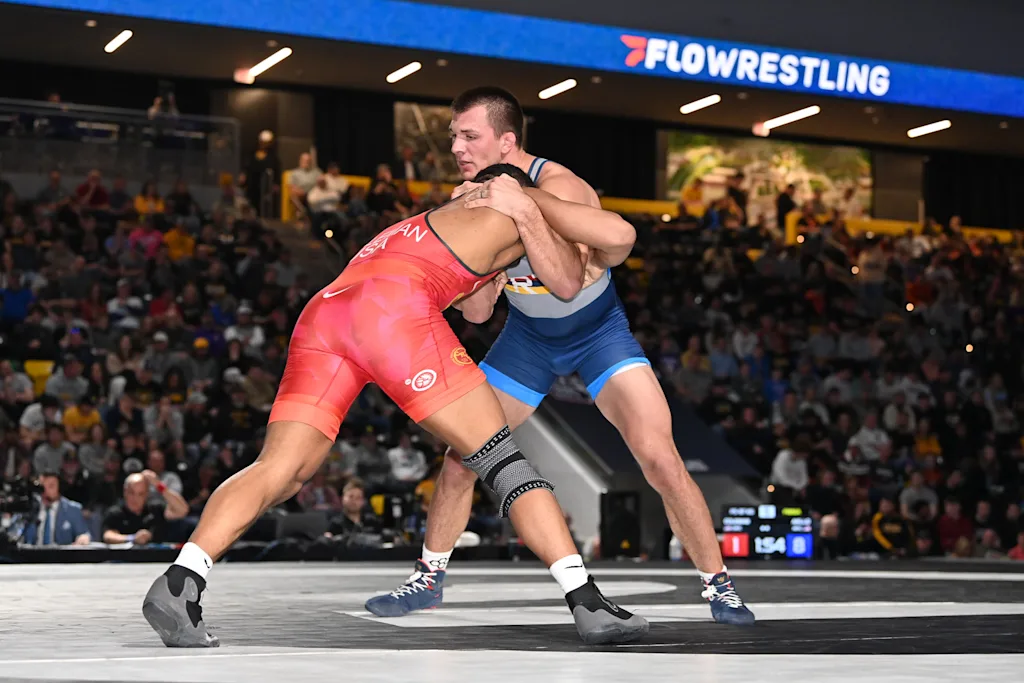
For instance, they’ve developed AI camera technology specifically for wrestling, recognizing that an event with 50 simultaneous matches requires different solutions than motorsports’ single-focus events. The system launched this summer with 25 AI cameras that provide a viewer experience that looks like a person is manning the camera.
The technology uses machine learning engineers who build software that enables virtual panning and zooming from any camera feed. The system automatically follows wrestling action and creates a dramatically improved viewing experience compared to static cameras, all using $90 cameras paired with FloSports’ proprietary software.
This allows them to cover more individual matches while minimizing the need for camera operators, maintaining high-quality production while reducing costs.
The genius is that the 15% authentically enhances each sport, while the 85% scales horizontally. FloSports leverages shared production trucks, streaming infrastructure, and data platforms that can serve wrestling one night and motorsports the next, spreading costs across 40,000 annual events while each sport gets coverage that feels custom-built for their community.
Copartnering: Dale Earnhardt Jr.
Most streaming services extract value from existing audiences. FloSports builds new ones. It’s a counterintuitive strategy born from necessity. When you’re serving smaller audiences that ESPN ignores, growing the pie becomes more important than grabbing a bigger slice.
“Our mission is to grow our sports every day,” Floreani says. “We realized that if we can make money, our partners can make money, and we can invest in growing these sports.”
Take motorsports. FloSports doesn’t just stream Dale Earnhardt Jr.’s Late Model Stock Car Series, they write checks to boost prize purses, recently announcing they would host the highest-paying late model stock car race in the country, with $50,000 going to the winner.
“Flow comes to us one day and says, ‘Hey, we want to have the biggest, best-paying late model stock race ever,’” Earnhardt Jr. recalls. “That’s 100% Flow driven and motivated. They want to compete at that level, and I think it’s good for everybody.”

The strategy extends to their co-owned High Limit Racing series with 2021 NASCAR Cup Series champion Kyle Larson. Thursday night’s Joker’s Jackpot at Eldora Speedway featured a $100,000-to-win race, produced by FloSports, and was co-broadcast on FS1 to maximize exposure.
FloSports creates co-broadcast deals by pairing their owned content with network programming. For FS1, they combined High Limit Racing with NASCAR races—FloSports handles production while Fox provides broadcast reach, benefiting both parties.
The numbers validate the approach. High Limit Racing has reached nearly two million viewers since the start of the year, averaging more than 200,000 viewers monthly.
Earnhardt Jr. applauds FloSports’s investment in motorsports while crediting the company with reconnecting fragmented racing communities in the process. “If it weren’t for Flow,” he says, “I really wouldn’t know what was happening at a lot of these racetracks that I’ve been aware of and followed for decades.”
It’s ecosystem thinking applied to business strategy. Grow the sport, grow the audience, grow the revenue—repeat.

The Future Belongs to the Authentic
The numbers tell the story of a company hitting its stride. FloSports has become profitable, doubling revenue over the past two years and projecting to exceed $200 million in revenue next year, according to Floreani. The company also recently closed a Series D funding round that brings its total investment to over $100 million. The backing came from Dream Sports, India’s leading sports technology company, signaling global appetite for FloSports’ model of serving passionate, underserved communities.
Recent strategic moves reinforce that confidence, including partnerships with the American Hockey League and Wanda Diamond League track and field, along with FloCollege’s expansion to 18 conferences covering 9,000 events, making it the largest streamer for Division II and III sports.
FloSports operates over 600 partnerships, each structured differently based on partner needs. Some involve full exclusivity with FloSports handling production, while others accommodate existing local TV deals. Financial arrangements range from zero upfront costs to seven-figure annual deals, with its CAA partnership representing the premium end at seven figures annually.
FloSports’ biggest evolution involves creating original content that competitors cannot replicate. High Limits has become the most watched sprint car series in the world in its first year, according to Floreani, beating competitors that have operated for decades. FloSports has also partnered with Fox Sports on “Dirt Season 2,” a five-part documentary series, demonstrating how they create premium content that extends beyond their own platform.
“We know from our data what people want to watch,” Floreani says. “Let’s have this wrestler compete against this wrestler. Let’s build it up like it’s a UFC fight or a boxing match. Let’s tell the backstory and really drive the sport forward through those personalities and characters.”
And while premium live events remain behind paywalls, significant content appears on social media, through broadcast partners, and on free platforms to grow overall audiences. “We understand that getting these stories out around our sports, around the events and the athletes, is good for the sport,” Floreani says. “And if it’s good for the sport, it’s good for us.”
Going Mainstream
FloSports is launching on Samsung Smart TVs in September, followed by Vizio and LG later this fall. Combined with existing Roku and Fire TV apps, this will put FloSports on essentially all major US TVs by the end of 2025, with Samsung providing prominent placement on its homepage.
Effectively, you won’t be able to ignore FloSports even if you try.
To combat seasonal sports cycles, FloSports offers subscription pauses of one to six months and cross-promotes between related sports like grappling and wrestling. Its year-round motorsports content also helps retain subscribers during offseasons.
For Earnhardt Jr., the impact extends beyond business metrics. “WhatFlo has done is one of the most insanely important things for grassroots and local short track racing,” he says. “There are a lot of people out there who would want to watch our races if they knew how convenient the Flow product is. We just gotta show people where we are and how to get there.”
What's Your Reaction?
 Like
0
Like
0
 Dislike
0
Dislike
0
 Love
0
Love
0
 Funny
0
Funny
0
 Angry
0
Angry
0
 Sad
0
Sad
0
 Wow
0
Wow
0







